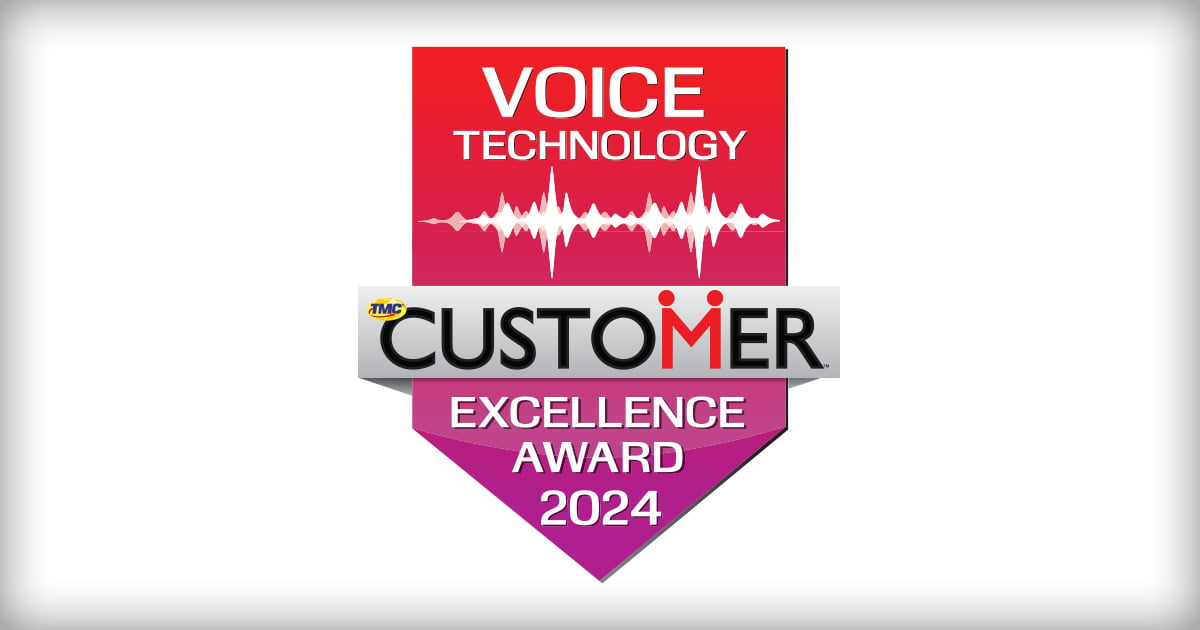
In a highly competitive market, it is critical for a marketer to know who the right person is for sending information about their latest marketing campaign. It is not simply looking for any existing customer, but the customer who would be most likely to act on the specific offer provided. By sending the correct message, to the correct person, at the appropriate time, a company achieves the following:
1. The best return on marketing effort,
2. Saving resources by appropriate targeting,
3. Making customers feel understood and valued.
To make a long story short, in today’s world where information is readily available, but quickly outdated, it is hyper critical to stay relevant to your customers.
How do I segment my customers?
Now that we understand the need for segmentation, let’s ask the question of how?
Before this process can begin, it’s clear that further information is needed, such as:
- What is my business objective?
- How much data do we have?
- How do we validate our results?
Once we have answers to the above, we begin to segment our customers. There are several approaches that can be taken. These approaches depend on the type of information you have and how it is being used. Let’s take a look at a few:
Life Stage Segmentation
This type of segmentation that groups customers is based on where they are in the course of their lives. Are they young and single? Are they married with children? This is done using demographic data like age, gender, marital status, number of children at home, etc. One interesting thing to note about this type of segmentation is that it lasts for quite some time--at least a few years--until the customer moves from one life stage to another.
What’s the relevance of Life Stage Segmentation?
Your customer, Sara, has recently had a baby. She makes the trips to her favorite retailer to get diapers regularly. One day Sara receives her mail and finds discount coupons for baby clothing. Sara is delighted. How did they know? Sara feels understood, and uses the coupons to buy clothes for her baby. This retailer has managed to personalize, stay relevant, and monetize.
Life Style Segmentation
This type of segmentation looks at what types of products customers buy the most. Are they always buying the latest gadgets? Do they prefer branded products? Do they like buying things on sale? Here we mostly use information about the attributes of the products that customers are buying and at what price point.
What is the relevance of Life Style Segmentation?
Your customer, Kevin, loves gadgets. He’s been waiting for the launch of the next big cell phone. He does not want to miss out on information about the pre-launch offers at his favorite retailer. He waits and waits, and never gets any information. Sara, however, does receive this promotion. Sara didn’t need a phone. Kevin is frustrated. He decides to buy the phone from a different store. Having the insight to find your Kevins and Saras on an ongoing basis is a solid basis for promotional strategies.
RFM Segmentation
This type of segmentation is interesting, so let’s explore it in a bit more detail. Here we are looking at a customer’s purchase behavior.
- Recency: When was their last purchase?
- Frequency: How frequently do they buy?
- Monetary Value: How many sales do we get from them?
This is the most popular form of segmentation as it yields very useful information from basic transaction data. Let’s take a look at RFM Segmentation using five questions:
Question 1: What is my purpose?
Before we start getting into details, let’s do a small exercise. As retailer, which of the following customers is more valuable to you?
- Rony: He made 2 orders, spent $200 and came last week
- Sandra: She made 2 orders, spent $1000 and came 5 months ago
At first glance, it looks like Sandra is most valuable. She spent big bucks, but it’s important to note that she hasn’t been to the store in quite some time. Rony he has come in more recently, but has spent much less. How do we crack this riddle? Let’s continue using RFM segmentation to make this question easier. Now that we have set the context, we can move on.
Question 2: What data is required?
Interestingly, we can derive all our fields from our basic POS transaction data. We just have to get the numbers rolled up at the customer level. Let’s see how. Recency is calculated by the last order day subtracted from the current day and, obviously, less is better. Frequency is the total number of orders for a particular customer. Here, more is better. Monetary is the sum of the total sales from a particular customer, and more is certainly better.
Question 3: How do we create these segments?
Here is a step by step look at the model creation process:
Step 1: Data to scores. The first step is to create our individual R, F, and M scores. Here we simply put the data in ascending order and divide the data into five equal parts (Pentiles). Each of these pentiles is then given an ordinal score of 1 to 5. Each customer receives a score for each for the 3 metrics. Now, we concatenate the 3 scores in the order of R, F and M and get a 3 digit score for every customer
Step 2: Scores to segments: Each of the possible 125 scores are then used to identify visual patterns to get a handful of manageable behavior types. The easiest way to identify visual patterns is to put the average value for all the customers in each R, F & M table into a stacked contingency table.
Question 4: How do we get these results?
The whole segmentation is done by an unsupervised method along with a bit of human inspection. Again, this is not a predictive activity, this is a classification activity. Keeping this in mind, we do not have any post analysis diagnostics to validate our results. The best way is to split the data into test and validation periods to see if the segments remain stable. For example, we would build the segments on 2018 data and validate on 2017. Do the segments show very similar profiles? If they do, this method is fine!
Question 5: How does the business use this information?
This information is widely used by marketing teams to identify their most valuable customers. Perhaps the marketing team needs to understand which of their recently inactive customers should be approached with retention efforts. It is easy to identify the best candidates by looking at their RFM segments. Segment information can also be used to identify customers most likely to enroll into loyalty programs. Also, if we have further information on the demographics of each segment. We see a neat profile of the typical high value customer
Closing Notes
Hopefully this article has helped you gain a better understanding of the importance of customer segmentation, and also taught you a bit about some of the most popular methods. The two most important questions you must always ask are: What is my business objective? and How do I make the segments relevant for the business and the customer?
Edited by
Mandi Nowitz





